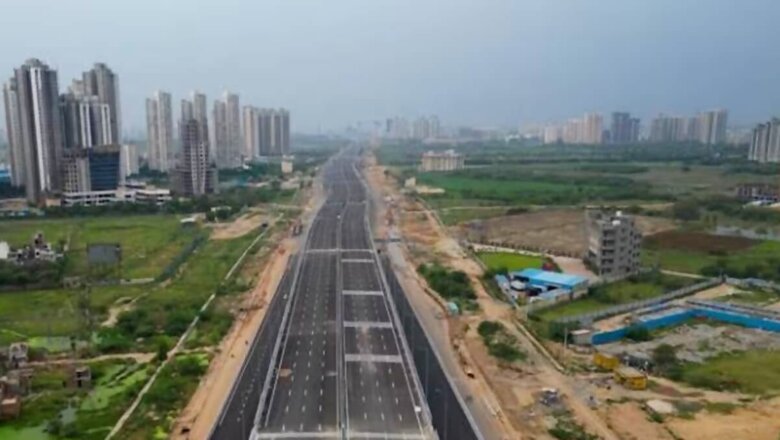
views
The year 2023 stands out as a record-breaking year for real estate across all asset classes reflected by the strong performance indicators of both demand and supply. As the real estate sector continues its journey on a steep growth curve, developers are building a robust supply pipeline by investing in acquisition of land across the country, according to a new assessment by real estate services firm JLL.
Also Read: Will Home Prices Be Affordable Again? Housing Market Predictions For 2024
A total of 1,947 acres of land valued at Rs 32,203 crore in 111 separate deals were acquired by real estate developers in 2023 as compared to 1,603 acres in 2022 (valued at Rs 18,112 crore), up by 21% Year-on-Year (Y-o-Y). The land acquired has a development potential of ~176 million sq. ft.
JLL added that the average transacted value of land has touched Rs 16.5 crore per acre in 2023, up by 46% as compared to the previous year. This staggering increase is attributable to higher land transactions in Tier 1 cities and established prime micro markets.
Mumbai Metropolitan Region
Mumbai Metropolitan Region (MMR), the most expensive real estate market in the country doubled its share in total land area transacted in India from 7% in 2022 to 15% in 2023 and contributed significantly to this increase in per acre transacted value.
MMR saw 24 separate land deals spread over 289 acres valued at Rs 11,222 crore – the highest in the country. This translates into an average transacted value of Rs 39 crore per acre, which is 2.3 X of the average pan India land value.
Delhi NCR
In 2023, Delhi NCR led both in terms of number and area of land deals, with 415 acres acquired across 36 separate transactions valued at approximately Rs 9,120 crore. Select established players acquired multiple land parcels across Delhi NCR.
Out of these 415 acres, around 264 acres (64%) valued over Rs 5,300 crore was acquired in Gurgaon alone. This was followed by Noida with over 59 acres (14%) land being acquired valued at around Rs 1,775 crore. Delhi, Faridabad and Sonipat contributed the rest.
Bengaluru & Chennai
Bengaluru followed Delhi NCR, with close to 305 acres of land acquisitions across 14 separate transactions valued at Rs 3,412 crore.
In Chennai, a total of 209 acres of land was acquired valued at Rs 1,220 crore across 8 separate deals.
Tier 1 cities accounted for 65% of the total land transacted in the country. Developers are strategically acquiring land in both prime locations in the metro cities as well as entering new markets and pockets of growth.
Other cities like Nagpur, Ludhiana, Ahmedabad, and Ayodhya experienced prominent developers acquiring land. Ludhiana led in terms of area acquired in Tier 2 and 3 cities with around 320 acres of land transacted.
The residential segment led the way in land transactions locked in the year 2023.
“With a surge in demand for housing, developers are actively acquiring land parcels for building future supply pipelines. Out of the 1,947 acres acquired in 2023, 1,365 acres (~70%) was acquired for proposed residential projects with a development potential of around 130 million sq. ft. These residential developments would likely have an estimated sales potential of Rs 138,750 crore. The launches of new residential projects are expected to strengthen further through new land acquisitions in strategic locations and growth corridors” said Dr Samantak Das, chief economist and head of research and REIS, India, JLL.
Residential Trends
2023 was a bonanza year for residential markets as sales were up by 26% Y-o-Y. Highest ever annual sales of 271,800 units were recorded in 2023, surpassing the peak seen in 2010 at 216,700 units, by 25%. Residential launches in 2023 witnessed a growth of 19% Y-o-Y.
2024 Outlook
JLL said going forward in 2024, it is expected land transactions to remain steady with developers expanding their land banks on the back of expected moderation in interest rates, growing demand for housing and support from institutional funding agencies. Infrastructure changes, specially enhanced metro connectivity between various micro-markets, will throw up new pockets of growth within each city.

















Comments
0 comment